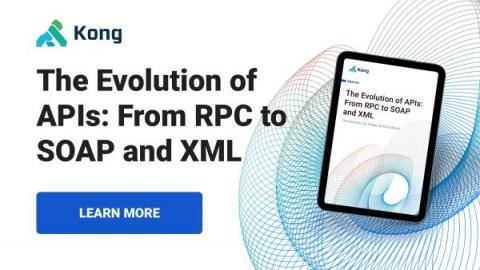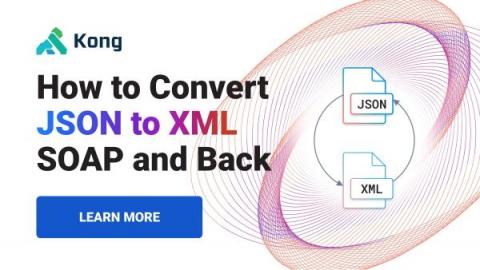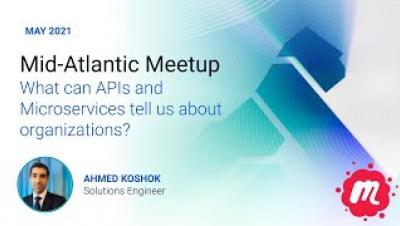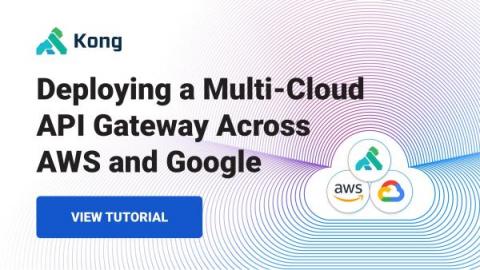Systems | Development | Analytics | API | Testing
Kong
Metrics and Logs Are Out, Distributed Tracing Is In With Chinmay Gaikwad | Kongcast Episode 5
The Evolution of APIs: From RPC to SOAP and XML (Part 2)
In our last blog post, we discussed the evolution of APIs from early computing to the PC era. In this post, we’ll discuss the evolution of APIs in the early internet age. Along the way, we’ll touch upon associated core technologies such as eXtensible Markup Language (XML) and discuss the introduction of web services and its common components: SOAP and WSDL.
How to Convert JSON to XML SOAP and Back
SOAP (Simple Object Access Protocol) Web Services have been around for a long time, and not too long ago was the default when it came to exposing functionality using a common format. SOAP is a standards-based web services access protocol that relies on XML to describe the web service and for all request and response messages.
Kong and Okta Deliver Best-in-Class Identity for API Management
As organizations look to accelerate their digital transformation initiatives, a couple of key trends are prevalent. First, there is a movement from monolithic to smaller cloud native microservices. Second, there is more pressure to innovate, resulting in an explosion of APIs and connections to secure. To help organizations address these trends, Kong is joining forces with Okta to deliver the best-in-class identity for API management.
A Cloud Native + Infrastructure as Code Love Story
We love abstractions. We want to make things easier for developers, teams and end users. In doing that, sometimes we build things a little bit too complex for those who don’t already understand the pain points for which the abstraction layers were built. Kubernetes is an example of this; it solves a very real, very painful problem, but it is notoriously difficult to wrap your head around.
Mid Atlantic Meetup | May 2021 - What can APIs and Microservices tell us about organizations?
Understanding the Basics of Envoy Configuration - Denver Meshy Mesh Meetup
The Evolution of APIs: From RPC to SOAP and XML (Part 1)
To work and live in today’s digital world, we are unquestionably dependent on interconnected applications. These applications might be massive and highly complex, but they’re also constructed from reusable building blocks, which we call an Application Programming Interface—the API. API adoption is on the rise across all industries. However, APIs aren’t new. They came about from the natural evolution of writing computer software.
Deploying a Multi-Cloud API Gateway on AWS and GCP
After you’ve built your microservices-backed application, it’s time to deploy and connect them. Luckily, there are many cloud providers to choose from, and you can even mix and match. Many organizations, like Australia Post, are taking the mix-and-match approach, embracing a multi-cloud architecture. The microservices that make up a system no longer have to stay on a single cloud.










